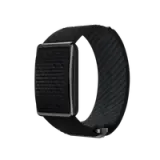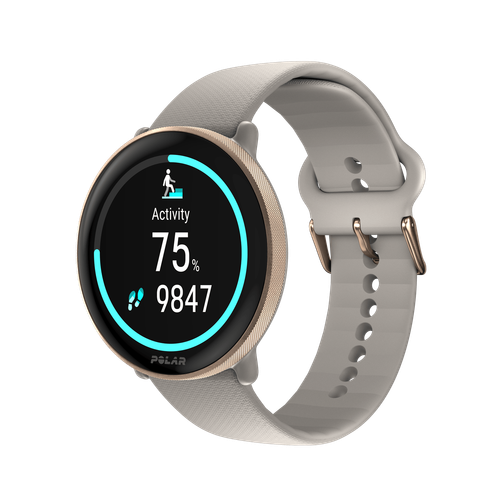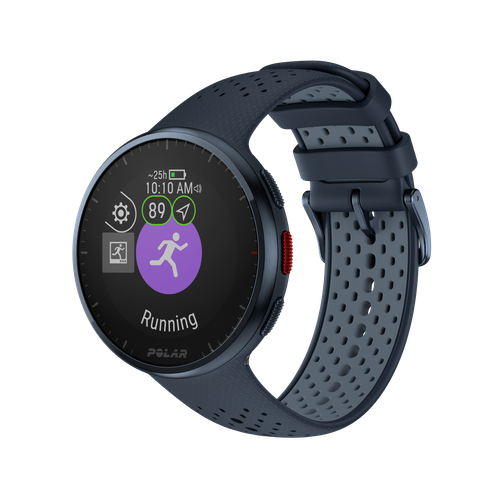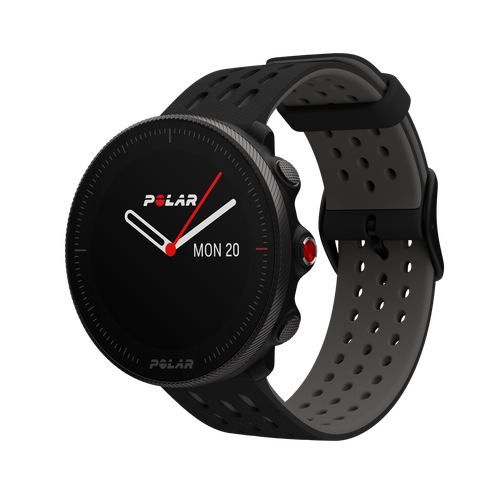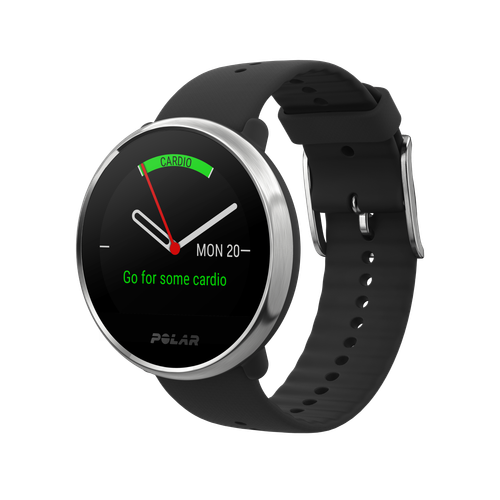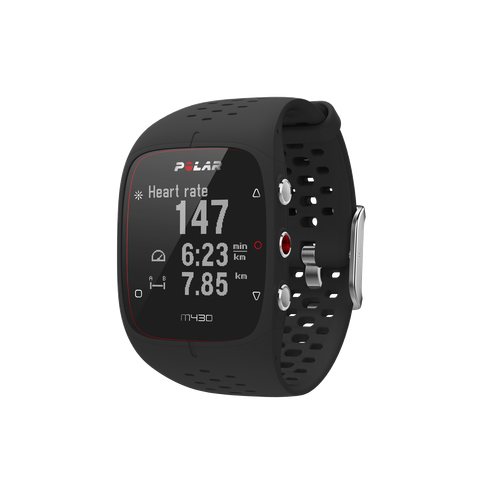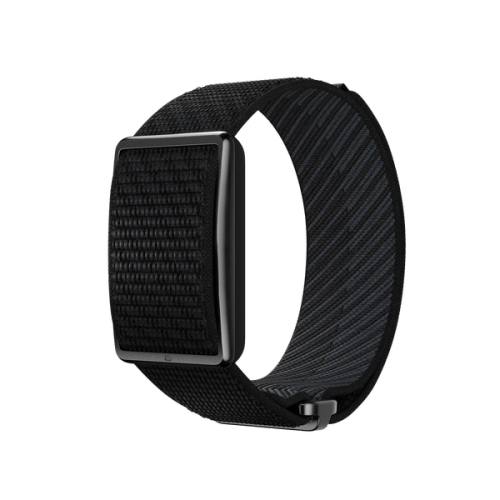As the year draws to a close, it’s time to dig deep into the stats from around the globe to see how different workouts in different countries and age groups measured up. The "2024: Reflected" report offers a look into global exercise and sleep patterns derived from anonymized data collected from millions of users worldwide. All Polar users can compare their personal stats with these trends through the Polar Flow app.
In 2024, Polar users maintained a highly active lifestyle, tracking an impressive average of 317 minutes of exercise per week. This far exceeds the World Health Organization's recommendation of at least 150 minutes of moderate-intensity physical activity weekly, highlighting their commitment to fitness and well-being. This means Polar users spent on average 274 hours and 44 minutes practice sports and exercise during 2024.
A remarkable variety of exercises
Running remained the most popular activity among Polar users in 2024, accounting for 19% of all tracked workouts. However, users logged a remarkable variety of over 150 different sports, including unique activities like curling, water running, and frisbee golf. Engaging in multiple sports enhances versatility and adaptability by exposing the body to a diverse range of movements and challenges. This fosters the development of strength, endurance, and agility while simultaneously improving coordination and balance. Diversity also promotes consistency year-round, demonstrating that exercise doesn’t have to be monotonous. Instead, it can be varied, engaging, and enjoyable, making it easier to stay committed to a healthy lifestyle.
“Being a multi-sport athlete is not just about physical diversification; it’s a holistic approach to fostering long-term athletic potential, mental well-being, and overall enjoyment of sports. Whether you're aiming for elite performance or lifelong fitness, practicing different types of exercises builds a strong foundation for success”, says Dr. Raija Laukkanen from the Polar Research Center.
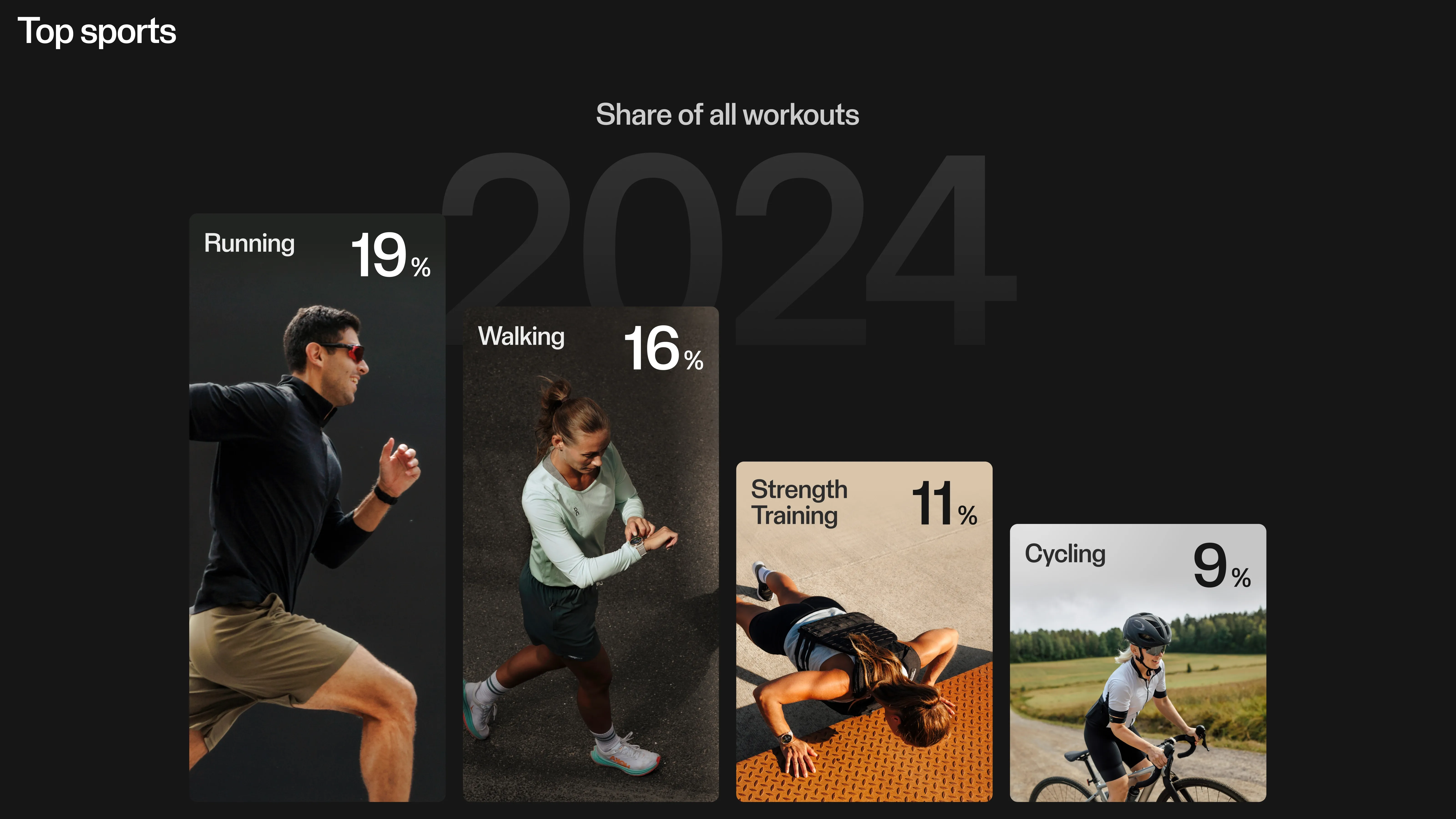
Healthy sleep patterns
Polar users also understand the importance of a healthy balance between training and rest, consistently demonstrating regular and optimal sleep patterns on average.
Each night, the Polar Sleep Plus Stages™ feature monitors both the quantity and quality of sleep, providing a single value that helps users understand how well they sleep. This value is based on the latest sleep science, offering insights into how their sleep patterns align with indicators of a restorative night's rest. The average global sleep score for Polar users was 73 out of 100, indicating that most users consistently achieve a good night's sleep (with scores above 70 considered a good night’s sleep). Users slept 7 hours and 29 per night on average.
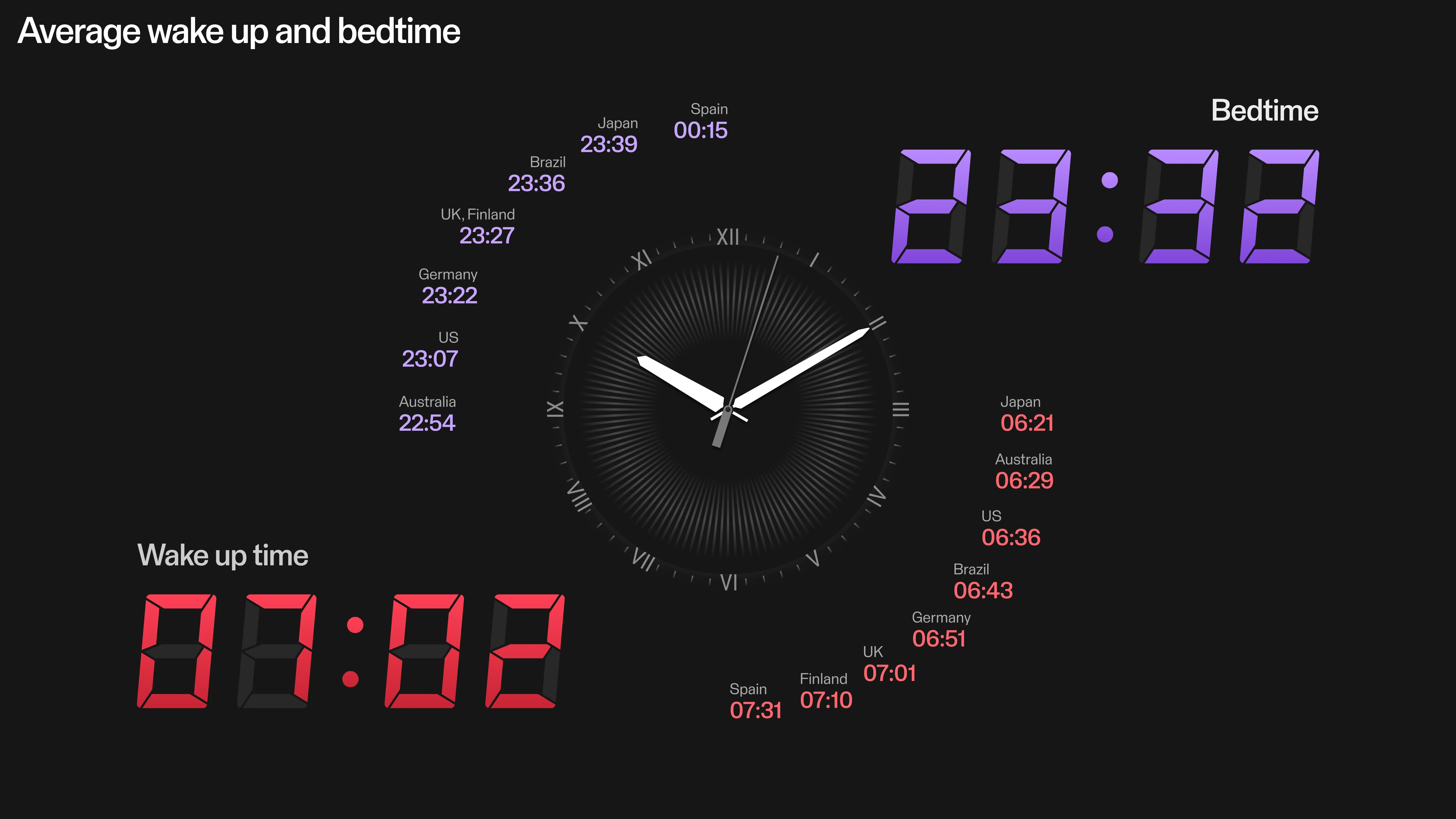
Each region displayed unique sleep characteristics: Australian users were the earliest to bed, retiring at 10:54 PM, while Spanish users maintained a later schedule, going to bed at 12:15 AM. Japan presented the most intriguing sleep profile, with the shortest average sleep duration of 6 hours and 41 minutes, and the earliest wake-up time around 6:21 AM.
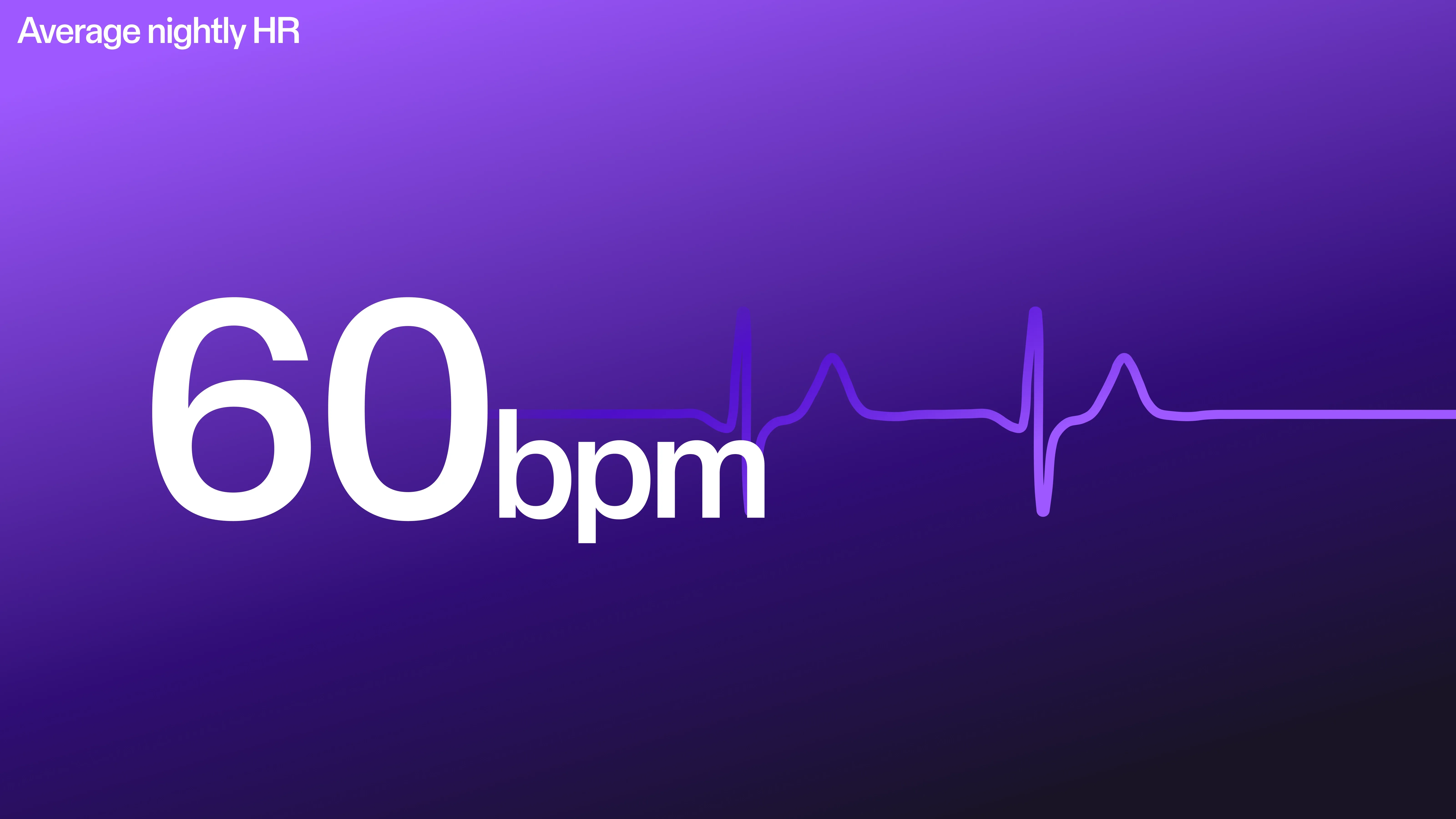
Key highlights from “2024: Reflected”
Some additional interesting tidbits from the year include:
- Tuesdays were the most popular workout day.
- May 14 was the most active day.
- April 14 seeing the highest number of running activities.
- The average heart rate during sleep was 60 beats per minute.
- Walking is the second most popular activity with a share of 16% of all sessions.
- The average marathon time was 4 hours and 10 minutes.
Once again, the “2024: Reflected” report highlights the global trend of embracing an active and balanced lifestyle. Looking ahead to 2025, Polar remains dedicated to empowering users on their journey toward health and fitness success.
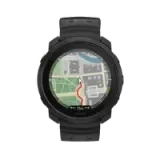 Polar Vantage M3
Polar Vantage M3
 Polar Grit X2 Pro Titan
Polar Grit X2 Pro Titan
 Polar Grit X2 Pro
Polar Grit X2 Pro
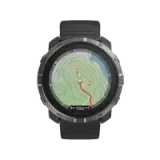 Polar Grit X2
New
Polar Grit X2
New
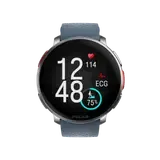 Polar Vantage V3
Polar Vantage V3
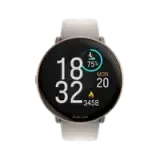 Polar Ignite 3
Polar Ignite 3
 Polar Ignite 3 Braided Yarn
Polar Ignite 3 Braided Yarn
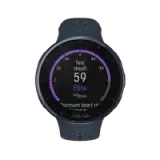 Polar Pacer Pro
Polar Pacer Pro
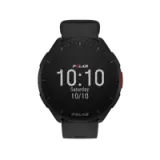 Polar Pacer
Polar Pacer
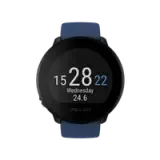 Polar Unite
Grit X Series
Vantage Series
Pacer Series
Ignite Series
Polar Unite
Grit X Series
Vantage Series
Pacer Series
Ignite Series
